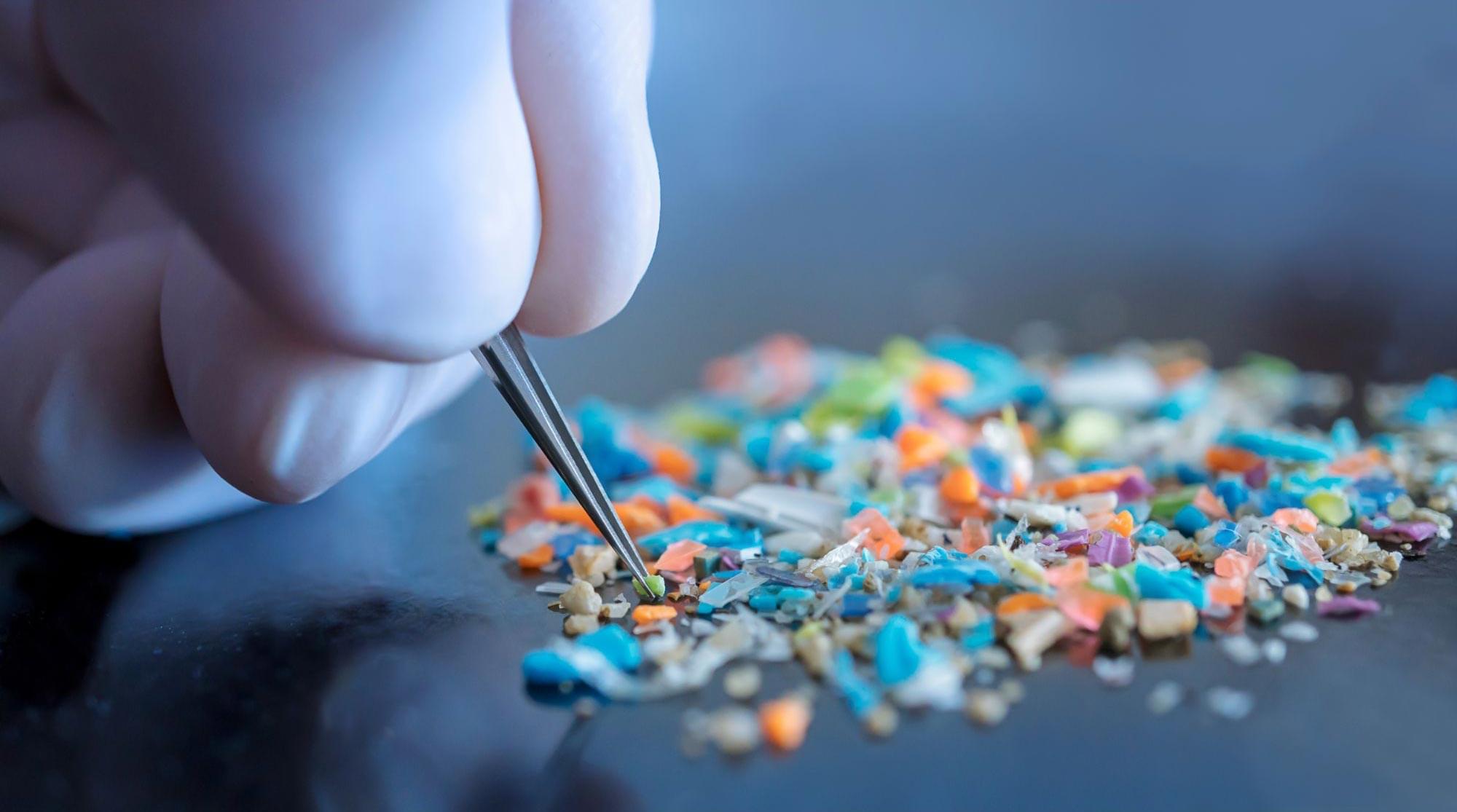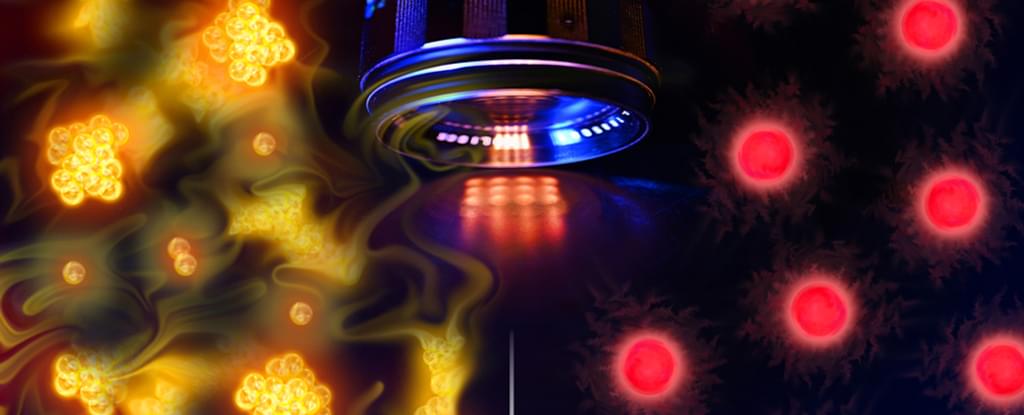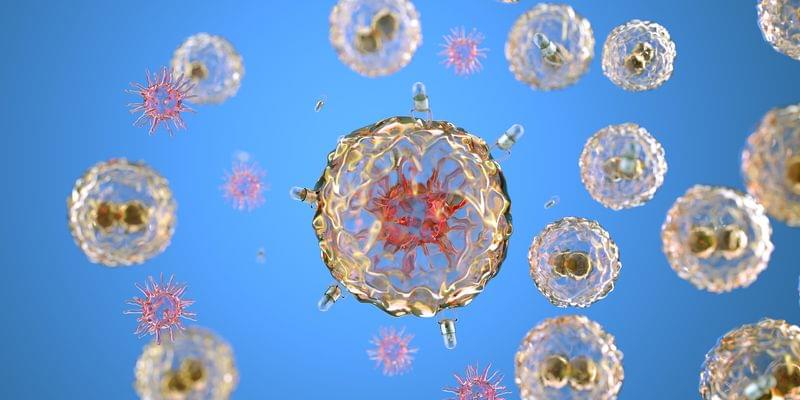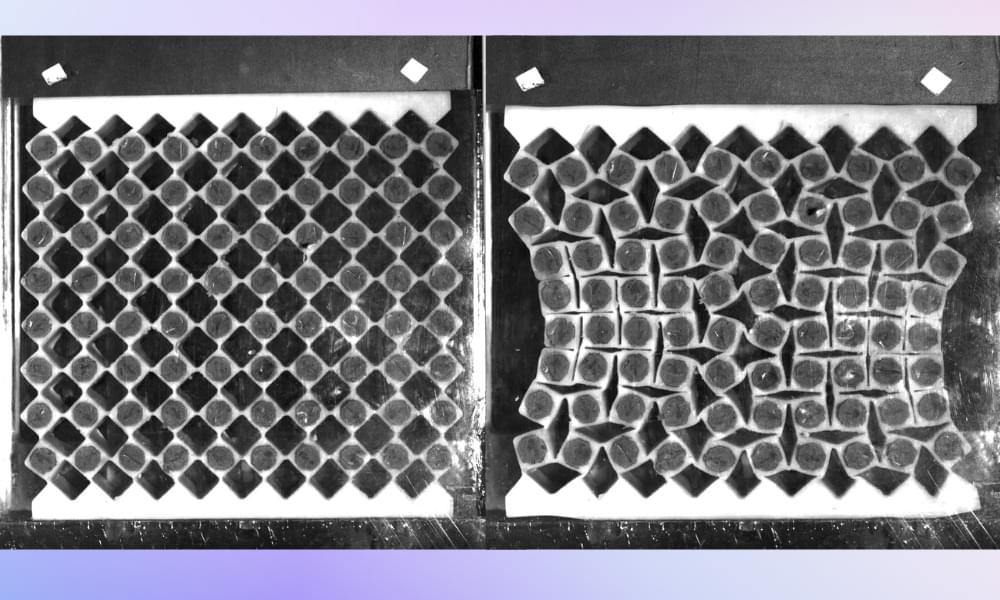The use of light signals to connect electronic components is a key element of today’s data communication technologies, because of the speed and efficiency that only optical devices can guarantee. Photonic integrated circuits, which use photons instead of electrons to encode and transmit information, are found in many computing technologies. Most are currently based on silicon—a good solution because it is already used for electronic circuits, but with a limited bandwidth.
An excellent alternative is tetragonal barium titanate (BTO), a ferroelectric perovskite that can be grown on top of silicon and has much better optoelectronic properties. But since this material is quite new in the field of applied optoelectronics, a better comprehension of its quantum properties is needed in order to further optimize it.
A new study by MARVEL scientists published in Physical Review B presents a new computational framework to simulate the optoelectronic behavior of this material, and potentially of other promising ones.








